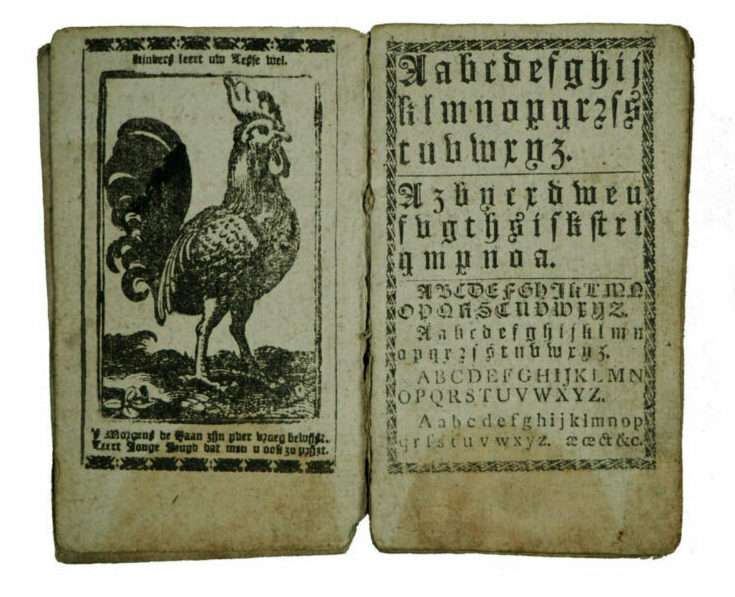
Abecedarium
A text, usually in the form of verse, in which every line or every alternate line starts with a consecutive letter of the alphabet. Used as a tool for teaching young children how to read.
Read more
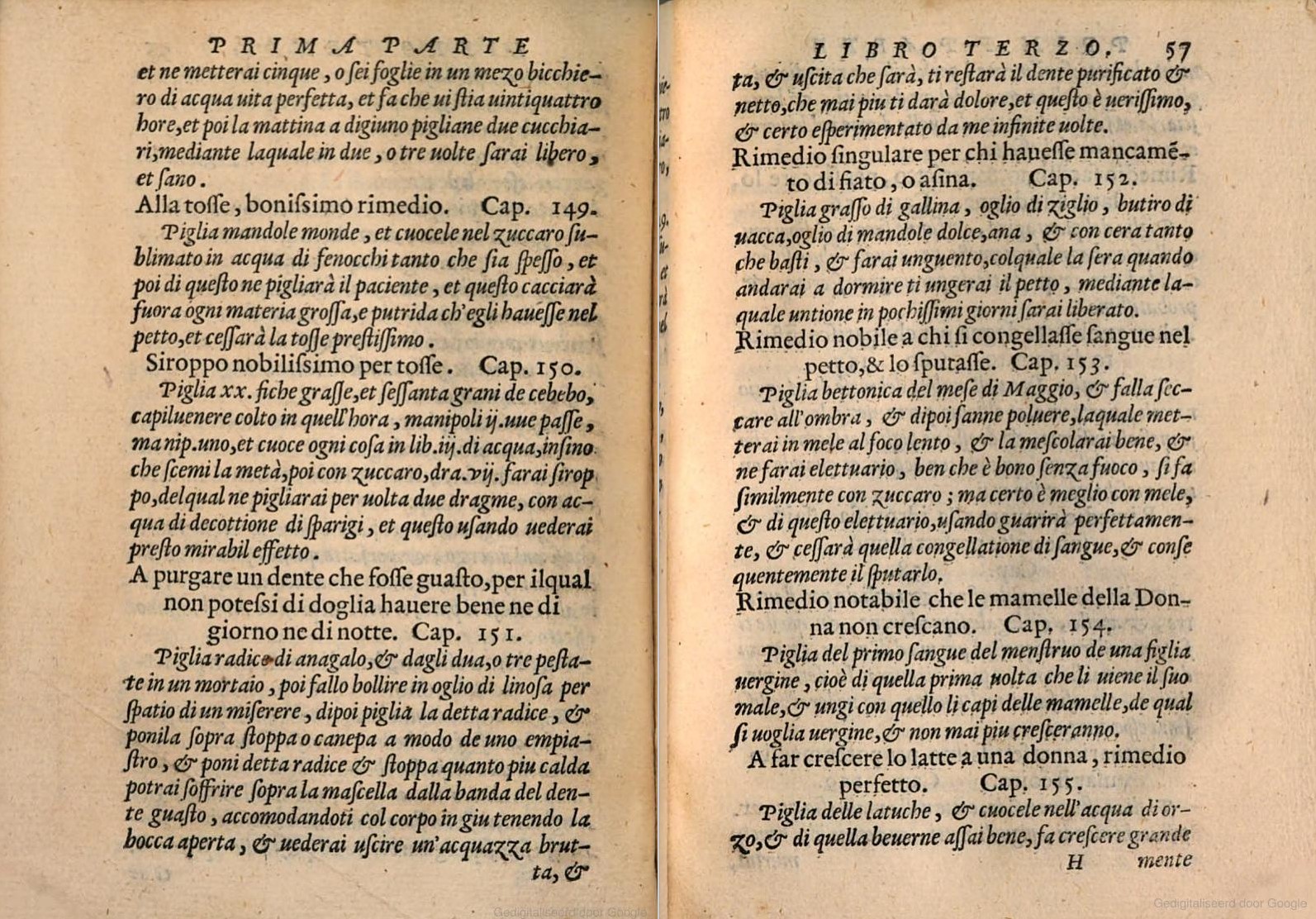
Book of secrets
Books of secrets or recipe books are ‘treatises that professed to reveal the “secrets of nature” to anyone who could read’ (Eamon 1994, 3).
Read more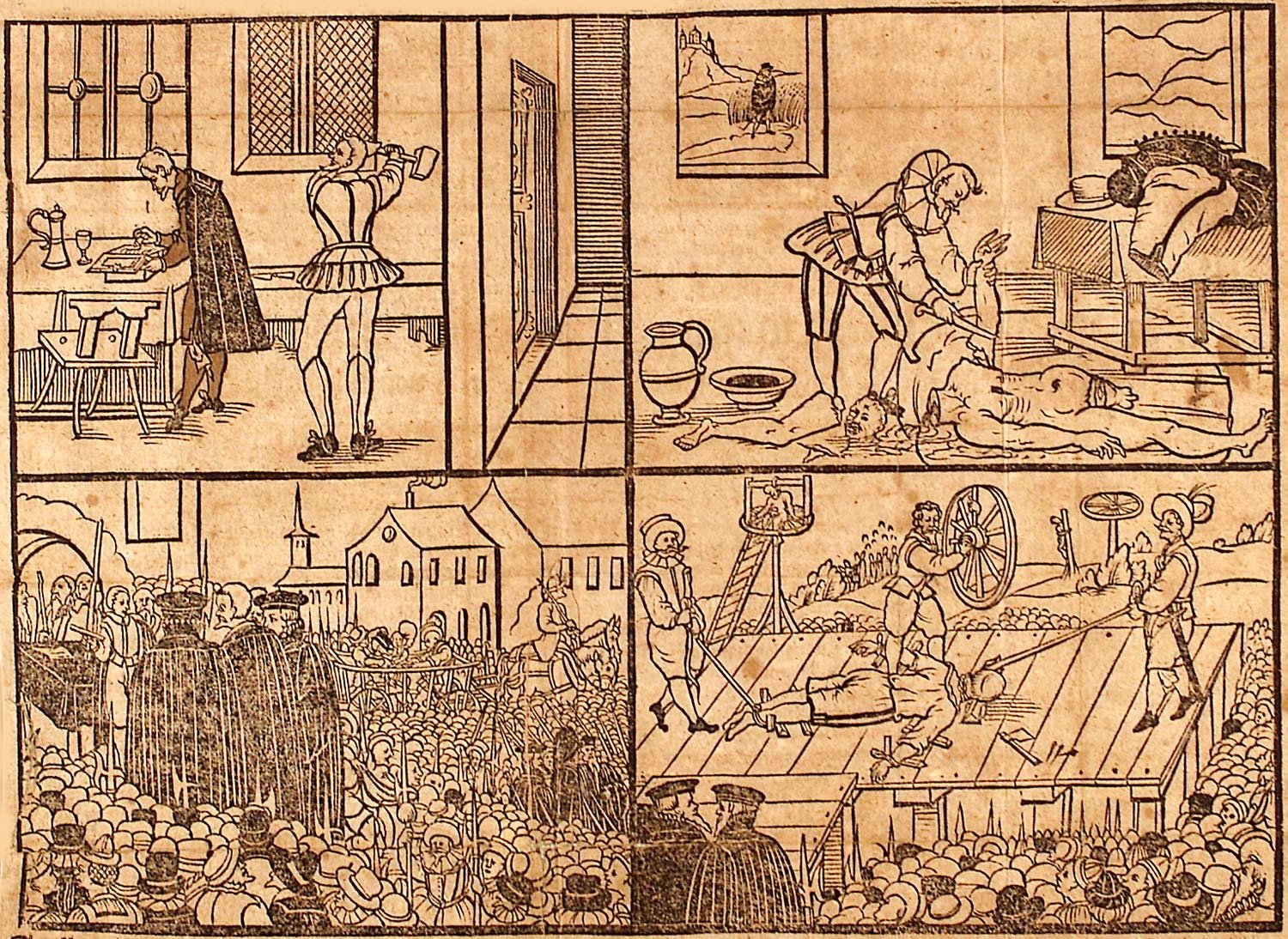
Broadsheet (broadside)
Broadsheets (or broadsides) is a portmanteau term referring to a form of prints consisting of only a single sheet, printed on one side only in the case of broadsides.
Read more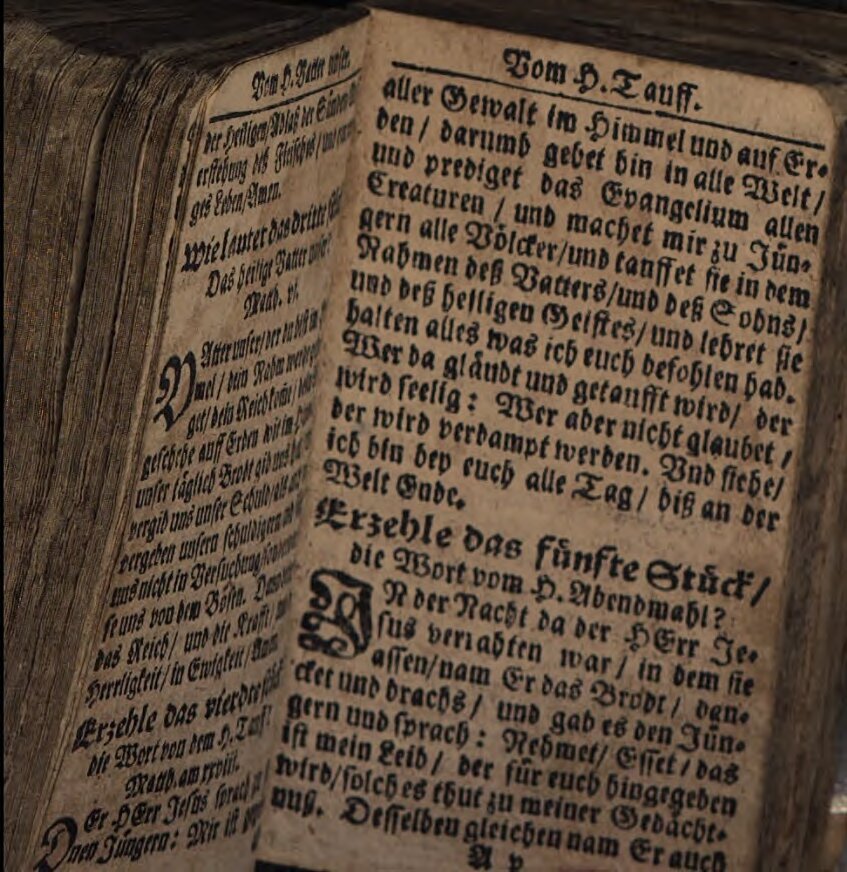
Catechism
The catechism is an exposition of Christian doctrine, or oftentimes rather an ideal of what the true doctrine should be. Such texts quickly became participants in the fierce political and religious struggles between Catholics and Protestants over the correct interpretation of the faith.
Read more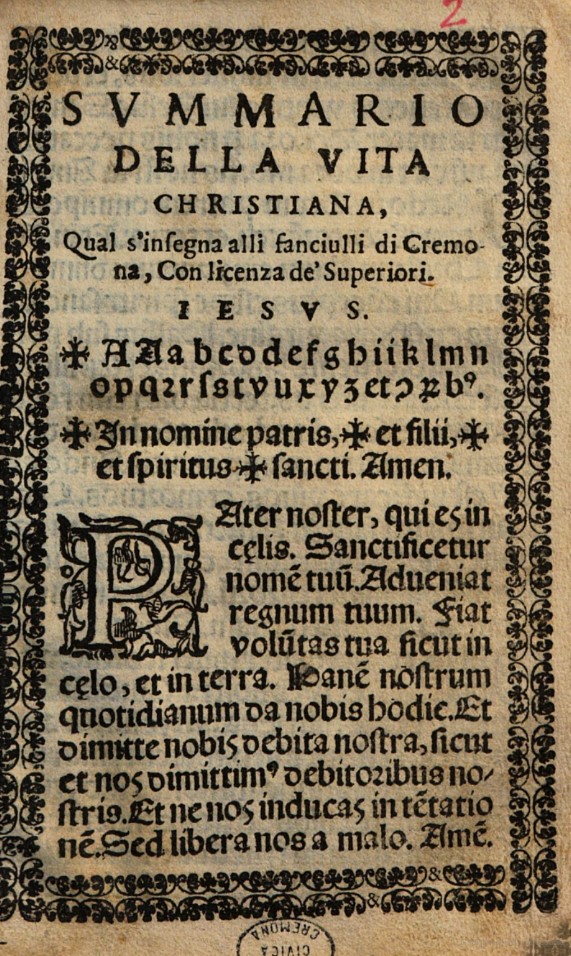
Catechism primer
The label catechism primer is used to define a wide range of materials aimed at teaching to read and contextually providing religious education.
Read more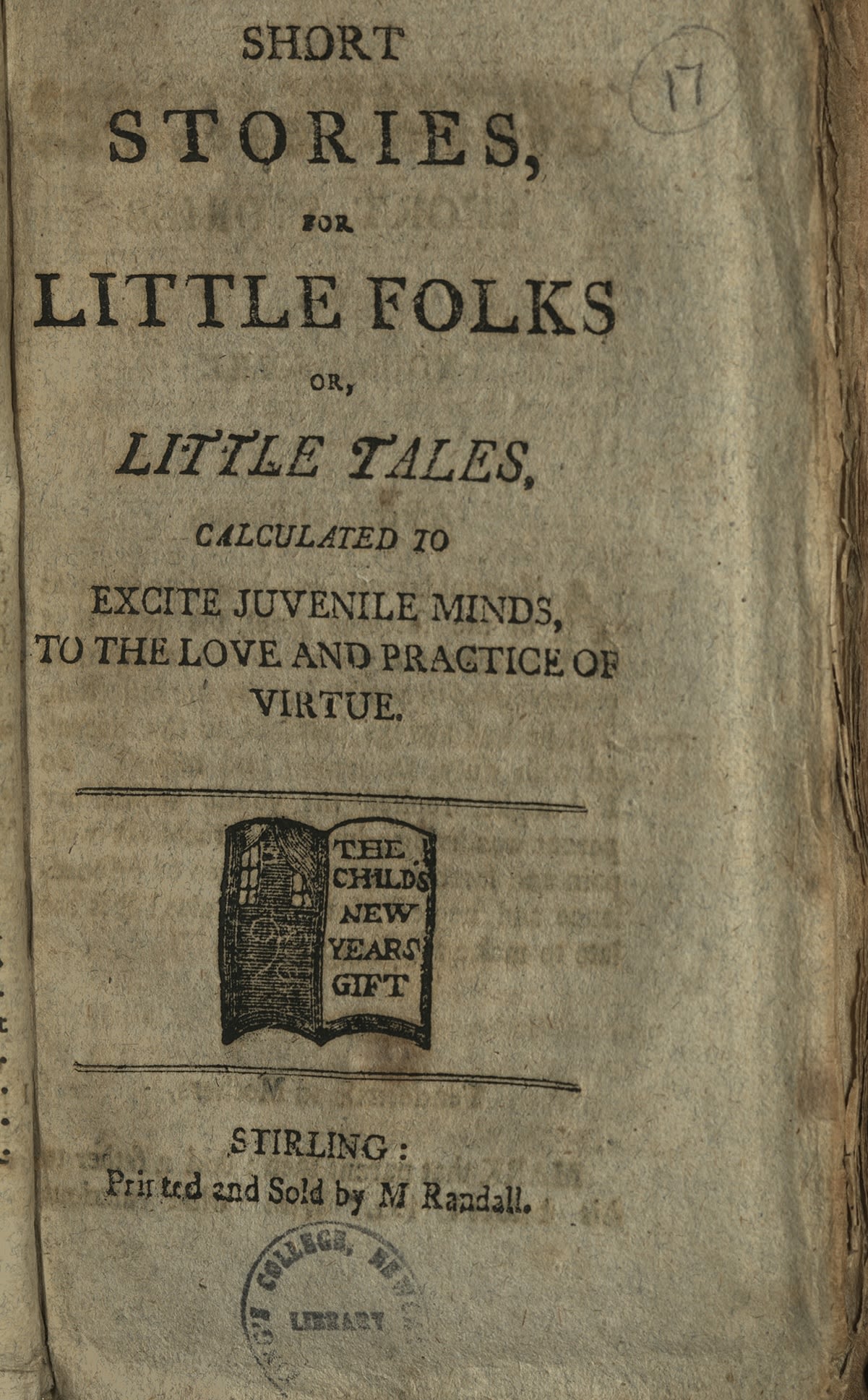
Children’s book and schoolbook
Apart from schoolbooks, in most Northern European countries a distinct market for children’s literature meant for entertainment did not establish until the late 17th or 18th century, and in Southern Europe by the 19th century.
Read more
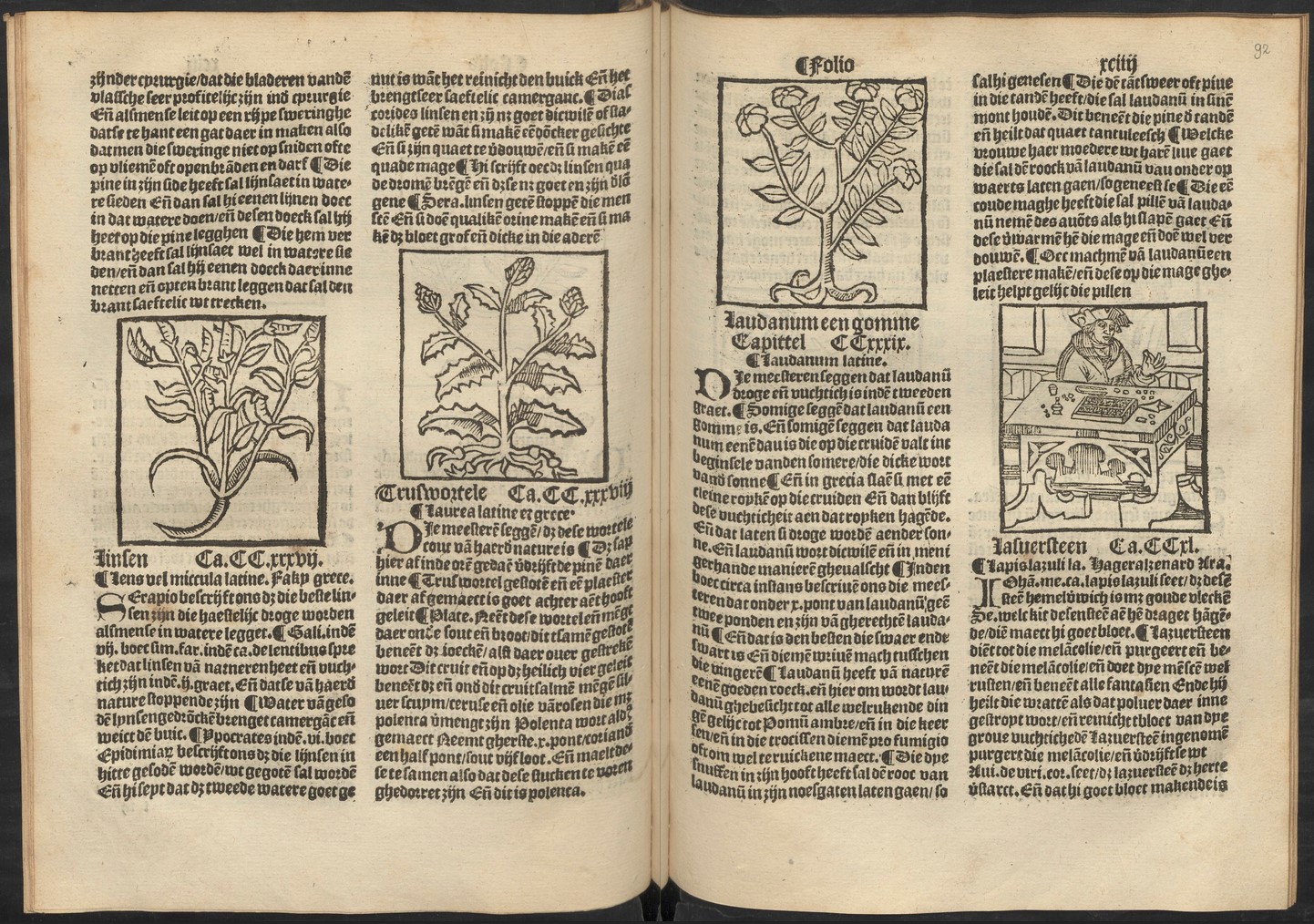


Household manual
Didactic texts that advised on practical how-to knowledge (e.g. recipes, husbandry, domestic labour), on devotional practices within the home, and/or on the appropriate conduct for husbands, wives, and other household members.
Read more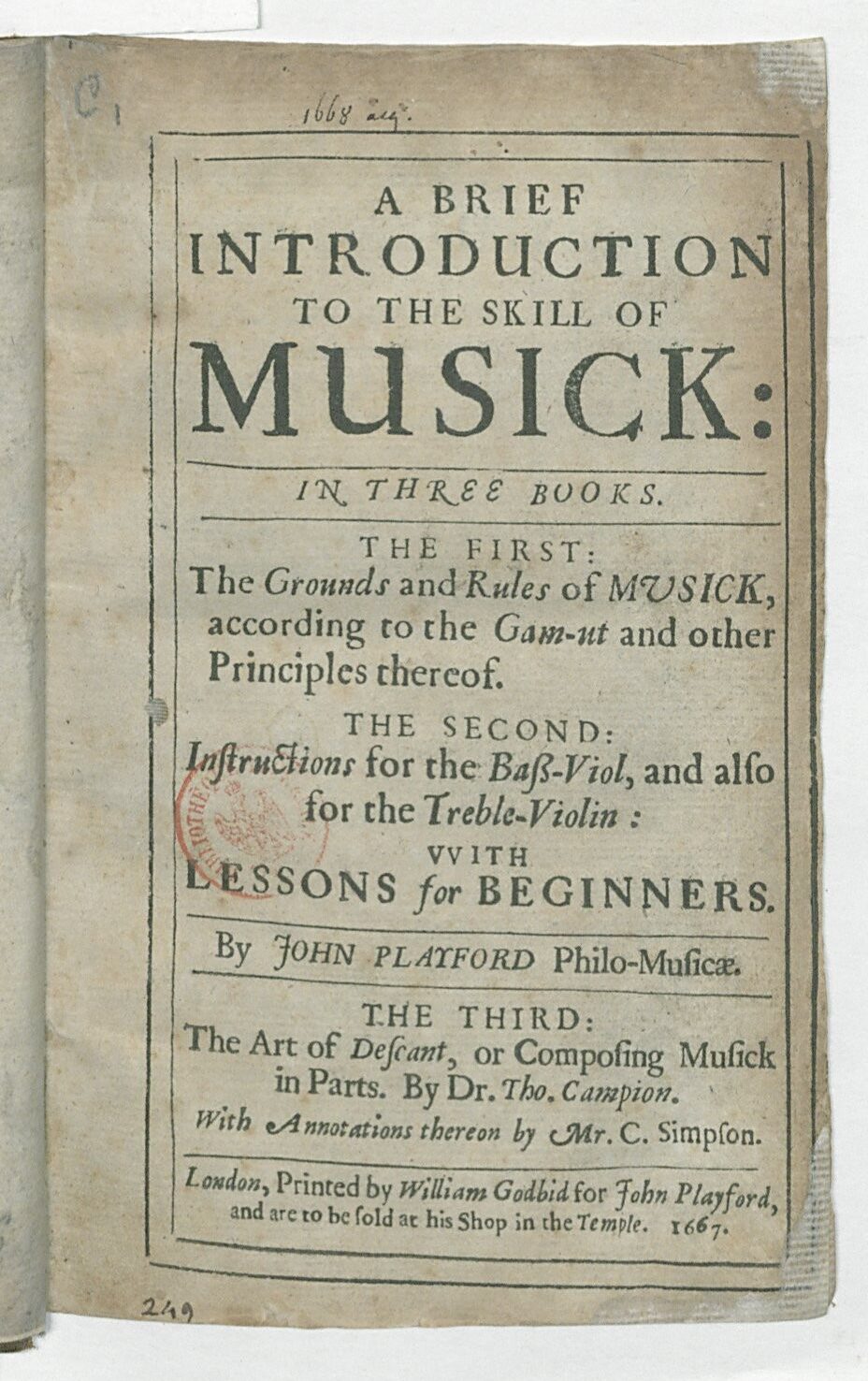
How-to book
Early modern how-to books are a category for which no unified terminology is in use. They provided practical instruction, often combined with some more theoretical or general background knowledge, in fields as varied as medicine, carpentry, horticulture, navigation, mining, cooking, calligraphy, embroidery.
Read more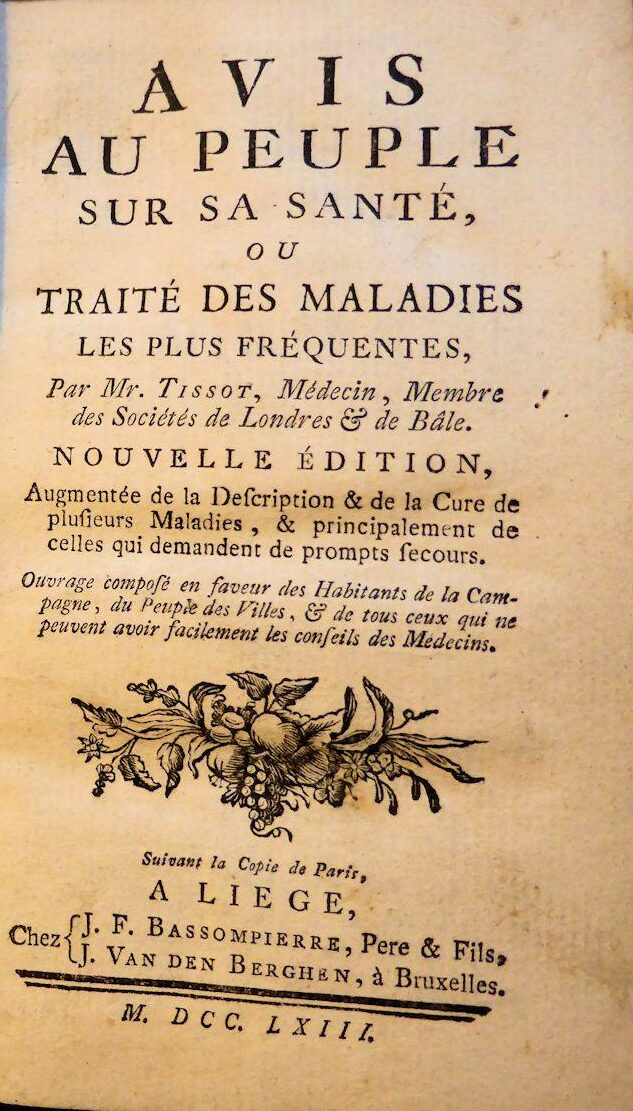
Medical literature
Medical text types overlapped and merged in many ways (e.g. theoretical explanations and practical remedies, preventive and curative medicine), and many kinds of compilations of medical knowledge appeared.
Read more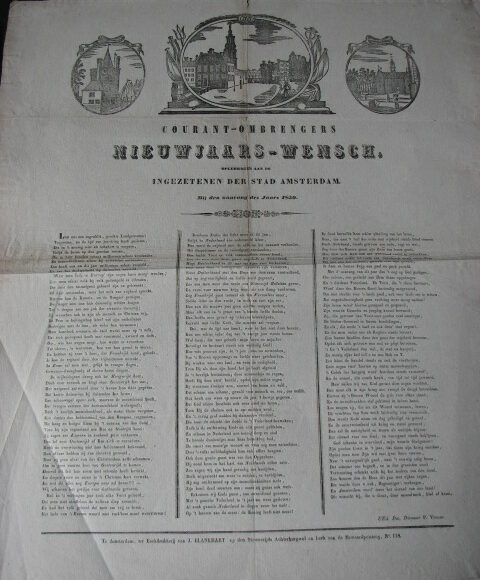
New Year prints
Various types of print related to Christmas and the new year circulated in the early modern period.
Read more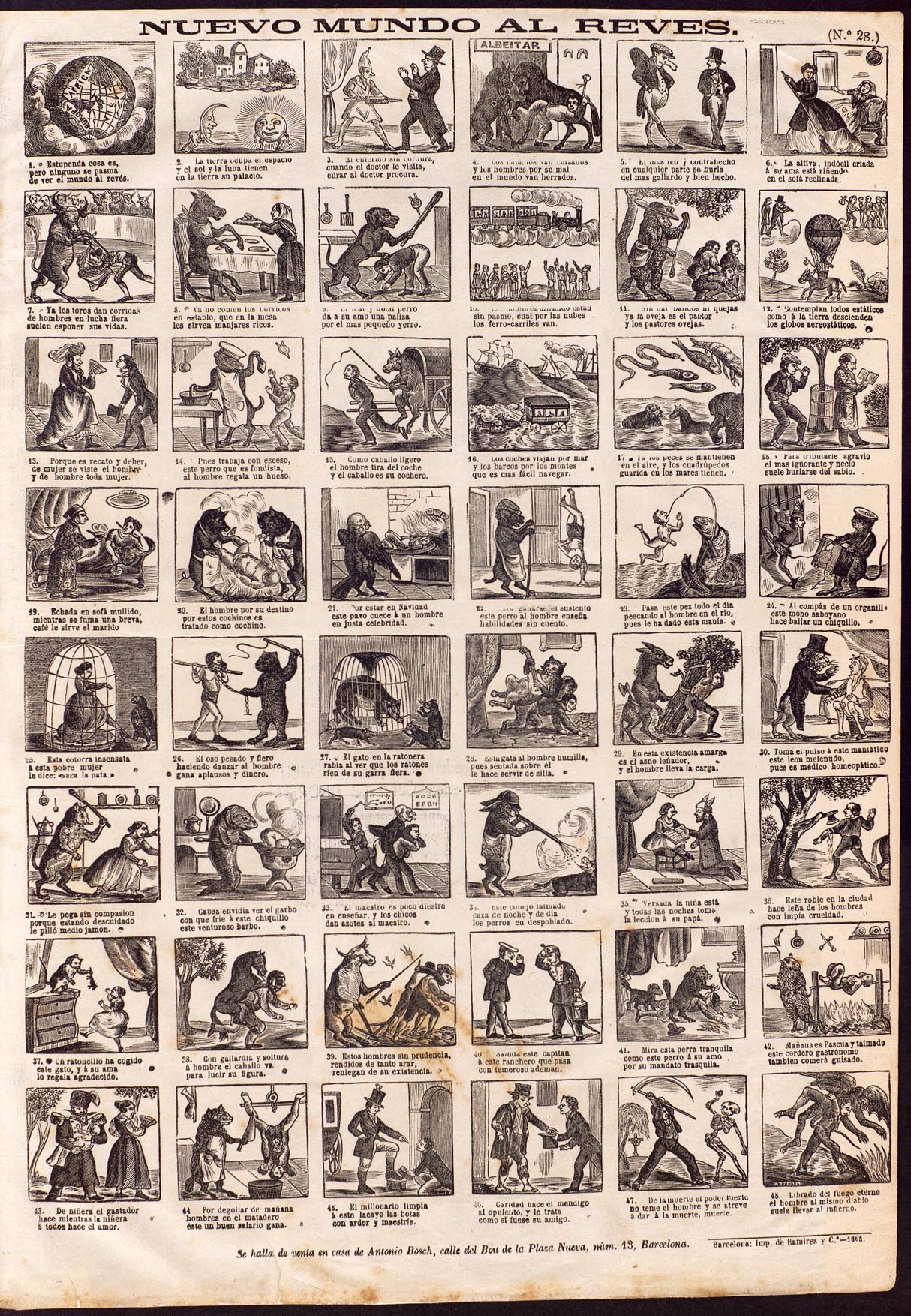
Penny print
Penny prints are cheap broadsides, printed on one side and illustrated with 8 to 48 woodcuts. Rhyming captions below the images either narrated the story or explained the (non-fictional) pictures.
Read more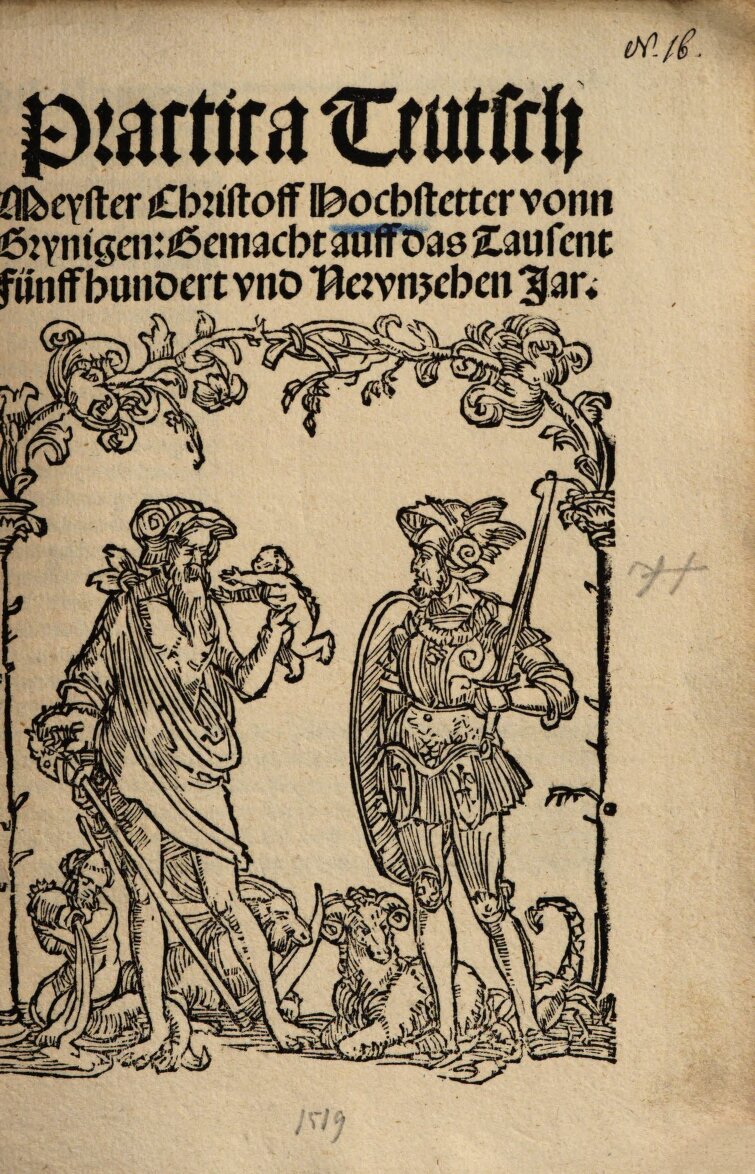
Prognostication
Booklet in almanac form or part of an almanac containing (almost) exclusively predictions for the coming year, describing seasons, months, expected harvests, foreseeable diseases, wars, etc.
Read more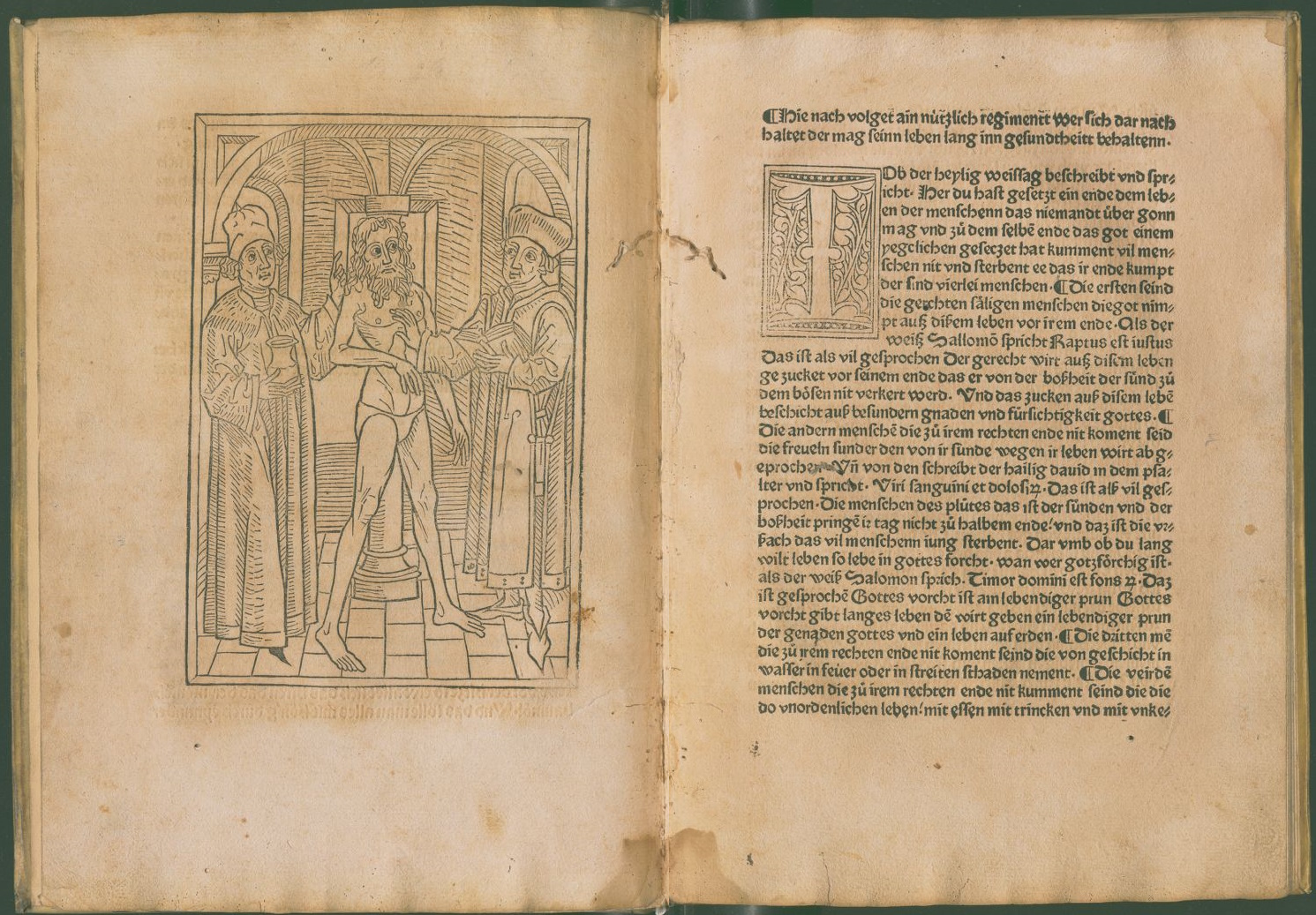
Regimen book
Regimens instructed people in the management of the six non-natural things from which health depends. These are: food and drink, sleep, exercise, the air one breathes, emotions (or ‘passions’) and evacuations (including hygiene).
Read more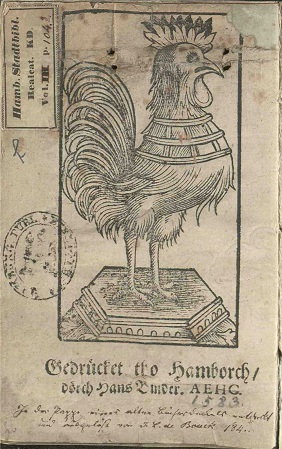
Rooster primer
The label “rooster primer” is used to refer to a reading primer with the image of the rooster on a prominent place of the booklet. Printed since the 1570s in Central Europe and soon after in Northern Europe, in some countries the history of this kind of primers extends into the present. Whereas the position…
Read more
